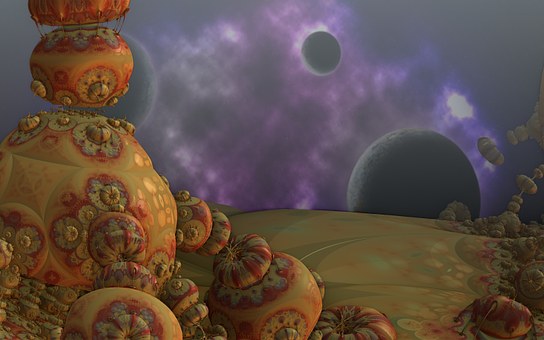NASA has posted some stunning images of the Mars winters captured by Mars Reconnaissance Orbiter.
With the onset of winter on Mars, a decrease in temperature causes the carbon dioxide in the atmosphere to turn into the dry ice, which eventually covers the Martian surface and forms various patterns. The Mars Reconnaissance Orbiter used the most powerful cameras to shoot winter landscapes on the Red Planet.
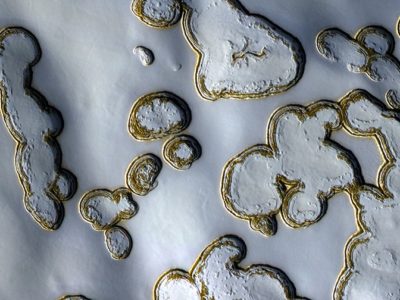
Long strips in the lower left corner in one image are typical for ravines that form in autumn and winter, when carbon dioxide accumulates on the surface. Repeated observations of areas with these ravines allow scientists to investigate why and how ravines form at the surface of Mars.
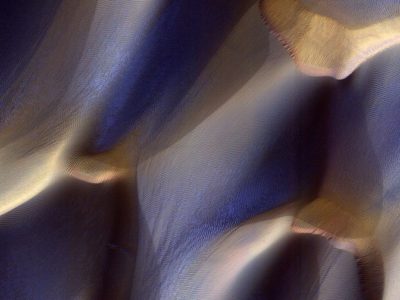
With the onset of “spring” on Mars, ice begins to evaporate, and the appearance of the surface changes again.
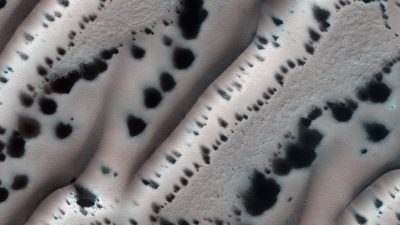
Triangular spots that look like pine tree lines are the complex patterns created when the winter turns into spring, and the frozen carbon dioxide of Mars begins to evaporate and expose the surface of the planet.
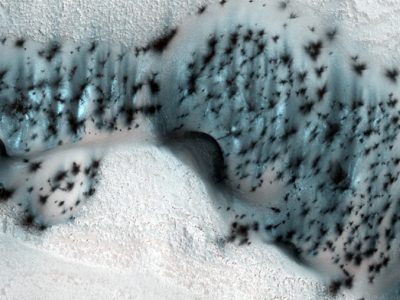
Again in colder temperatures of the late autumn, carbon dioxide in the Martian atmosphere condenses into ice and settles on the surface of Mars for a long winter.
At the South Pole of the Red Planet, the temperature remains low almost all year round, so the “winter” never ends here.
